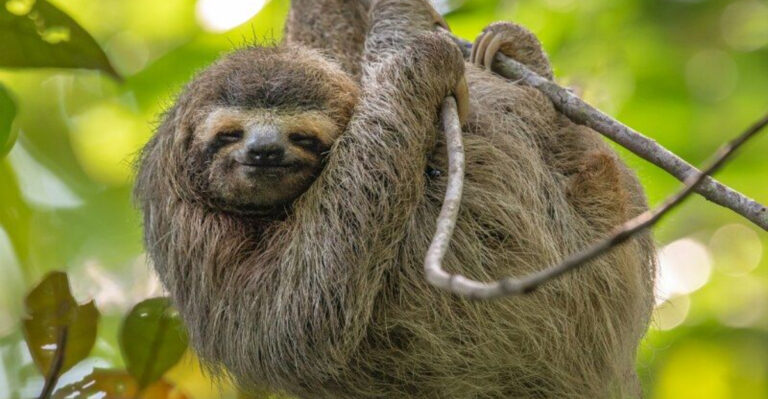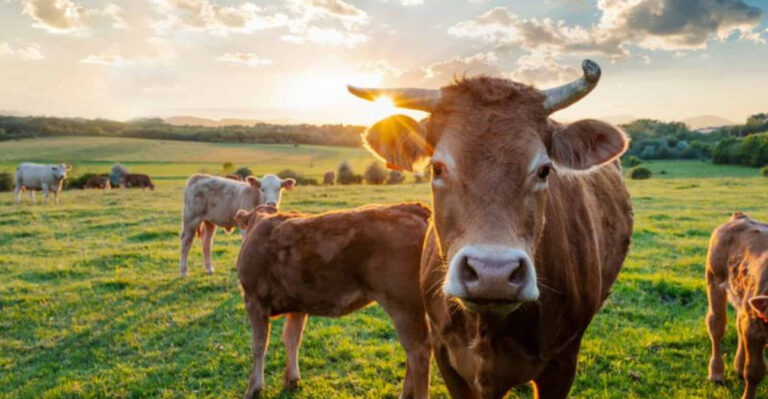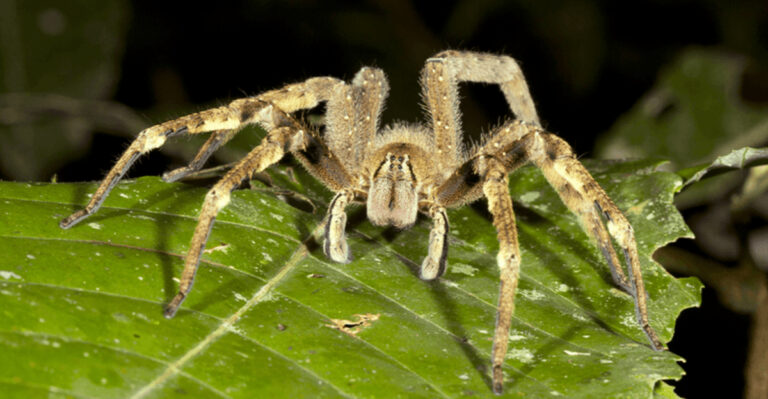15 Incredible Birds That Hunt Using Tools
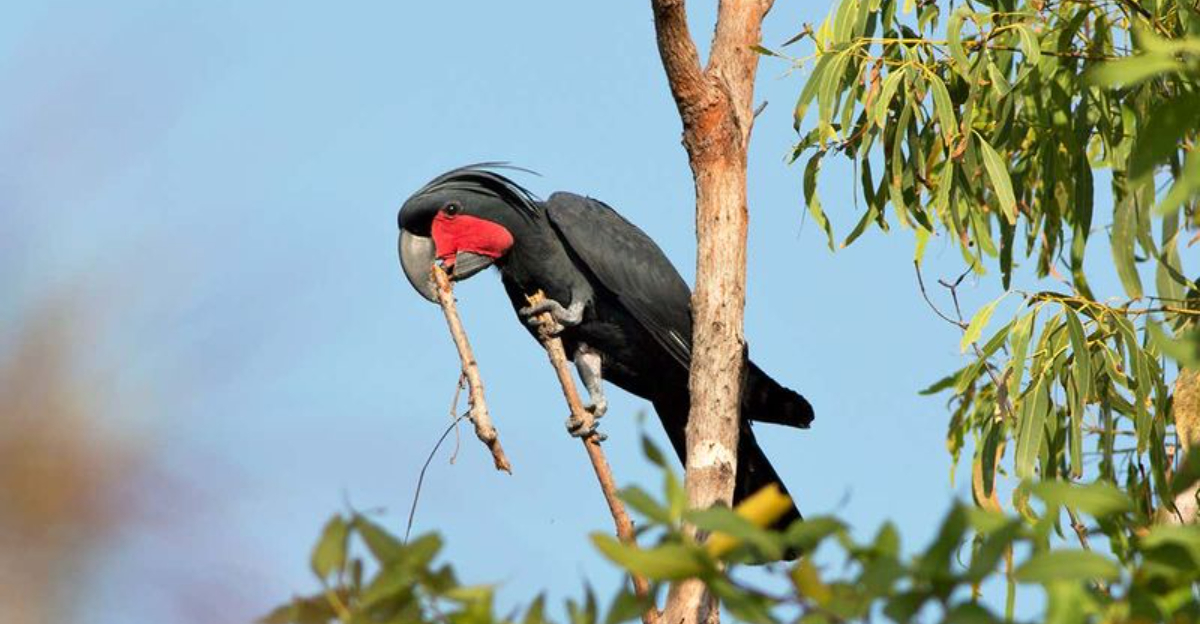
Birds are among the smartest creatures on Earth, with some species demonstrating remarkable problem-solving abilities. Perhaps the most impressive skill is their use of tools for hunting – something once thought unique to humans.
From sticks and rocks to thorns and leaves, these feathered geniuses have figured out how to extend their natural abilities with improvised tools.
1. Nature’s Craftsman: The New Caledonian Crow
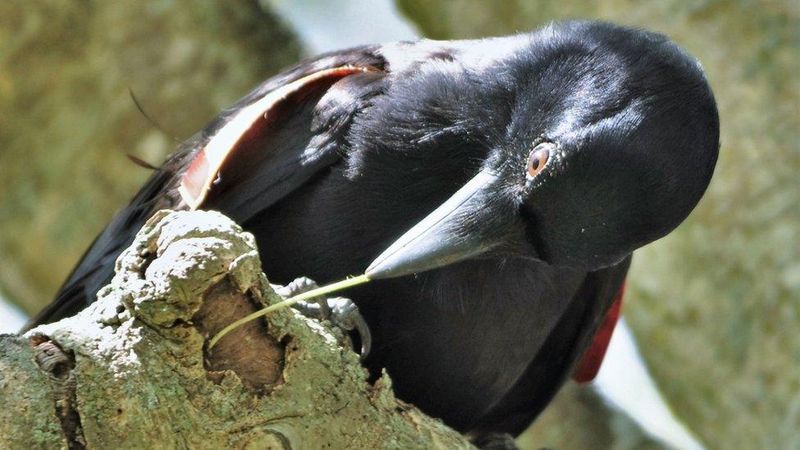
Like tiny feathered blacksmiths, these crows craft specialized hooks from twigs to fish out grubs hiding in tree crevices. Their tool-making skills rival those of early humans!
The hooks are carefully whittled using their beaks and consistently made to specific shapes. Young crows even learn this craft from their parents, showing true cultural transmission of technology.
2. Spear-Fishing Champions: Green Herons
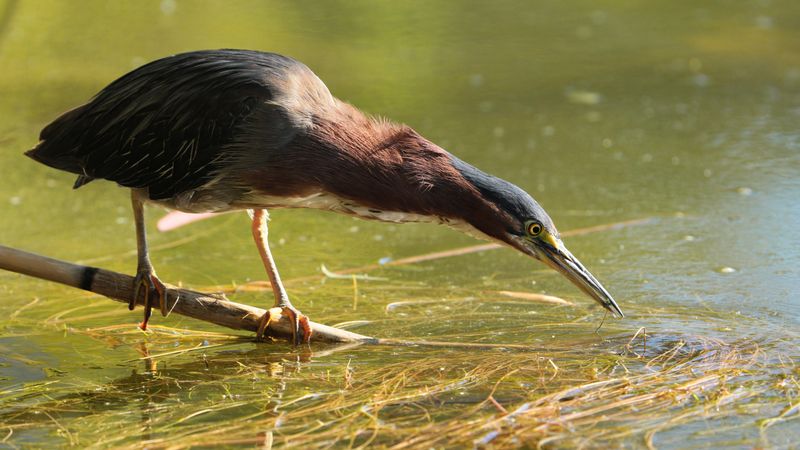
Talk about clever fishing! Green herons drop feathers, insects, or bread crusts onto water surfaces as bait to lure curious fish within striking distance.
When fish approach to investigate the floating objects, these patient hunters strike with lightning speed. Some individuals have even been observed using the same bait multiple times, retrieving it after each successful catch.
3. Rock-Smashing Experts: Egyptian Vultures
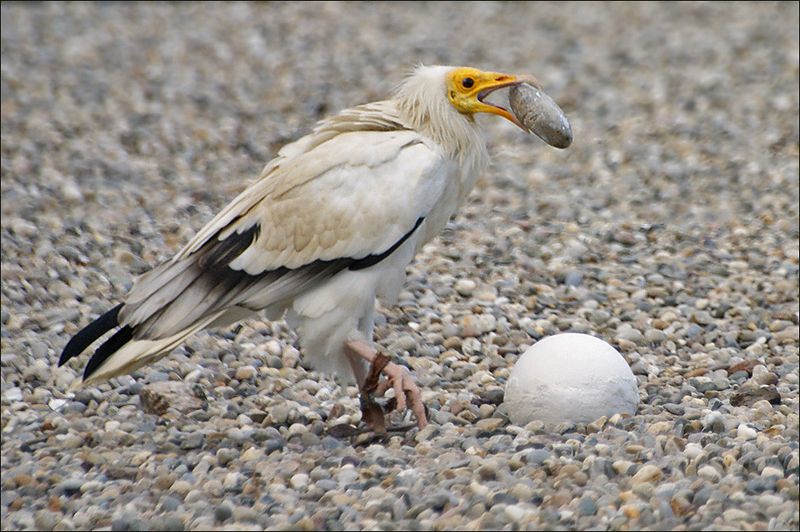
Cracking the code of ostrich eggs! These vultures use stones as hammers to break into thick-shelled ostrich eggs that would otherwise be inaccessible meals.
With remarkable accuracy, they’ll drop heavy stones onto eggs from height until the shell cracks open. Young vultures must practice this technique for years before mastering it, showing it’s a learned rather than instinctive behavior.
4. Thorny Hunters: Loggerhead Shrikes
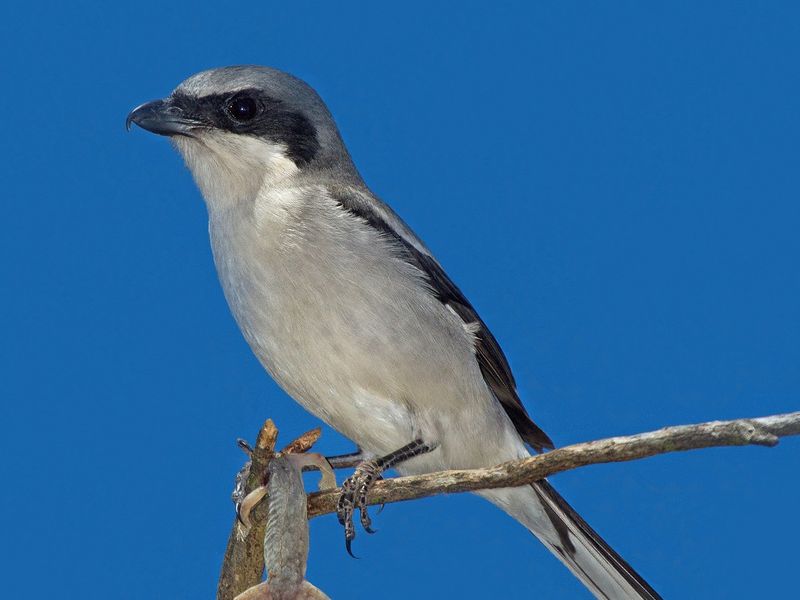
Nicknamed “butcher birds” for good reason! These seemingly ordinary songbirds impale their prey on thorns or barbed wire to create natural skewers.
This gruesome technique helps them tear apart prey too large for their beaks. The skewered meals also serve as food storage, allowing these clever birds to return later when hungry or to impress potential mates with their hunting prowess.
5. Anvil Specialists: Palm Cockatoos
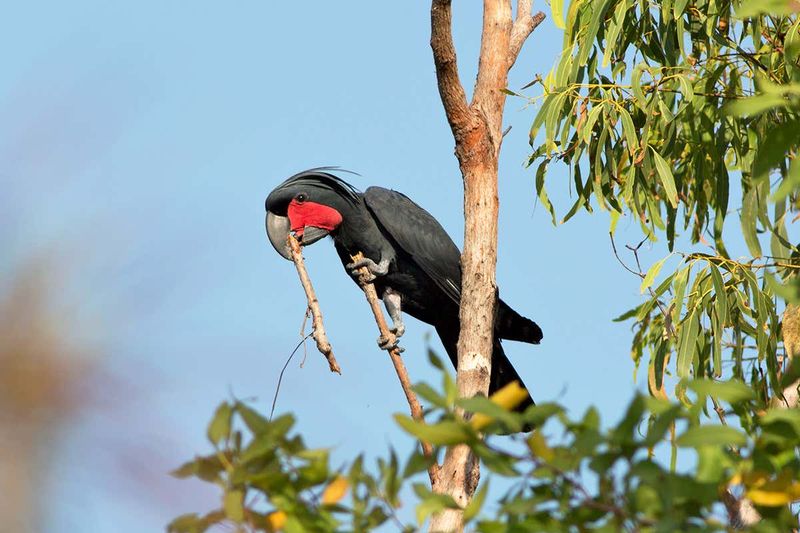
Drumming up romance in the rainforest! Male palm cockatoos craft drumsticks from branches, which they use to tap rhythmically on hollow trees during courtship displays.
These musical tools are carefully selected for ideal sound quality. After finding the perfect stick, a cockatoo will often trim it to the right size and shape before performing its percussion solo to attract females.
6. Cactus Spine Surgeons: Galapagos Finches
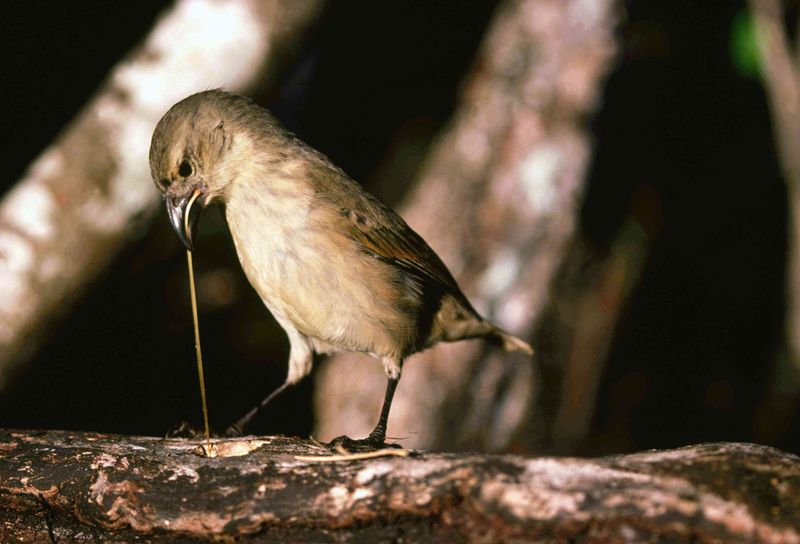
Armed with natural precision tools! These finches use cactus spines to poke and prod insects out from tree bark where their beaks can’t reach.
Darwin’s woodpecker finch is especially skilled, holding the spine in its beak like a tiny spear. This adaptation allows these birds to access food sources that would otherwise be unavailable, reducing competition with other finch species.
7. Leaf-Wiping Masters: Burrowing Owls
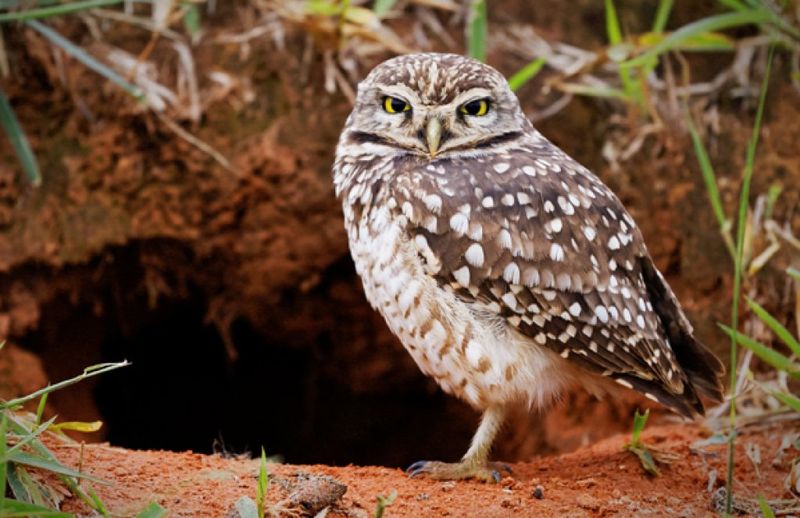
Underground chemists with feathers! Burrowing owls collect mammal dung to place around their burrow entrances, attracting dung beetles – their favorite snack.
This clever baiting system brings food right to their doorstep. The dung also masks the owls’ scent from predators and helps regulate humidity in their underground homes, showing these birds understand multiple benefits from a single tool.
8. Sponge Collectors: Corsican Crows
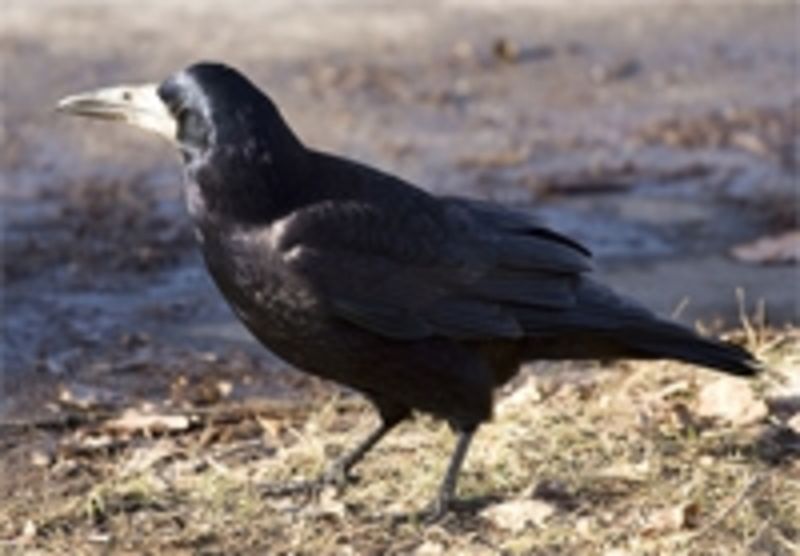
Forest floor foragers with a twist! These clever corvids tear pieces of moss and lichen to use as natural sponges for soaking up water from narrow crevices.
After dipping their makeshift sponges into hard-to-reach puddles, they squeeze the absorbed water into their beaks. This ingenious technique allows them to drink from water sources too narrow for their heads, especially valuable during dry Mediterranean summers.
9. Sticky-Tool Technicians: Brown-Headed Nuthatches
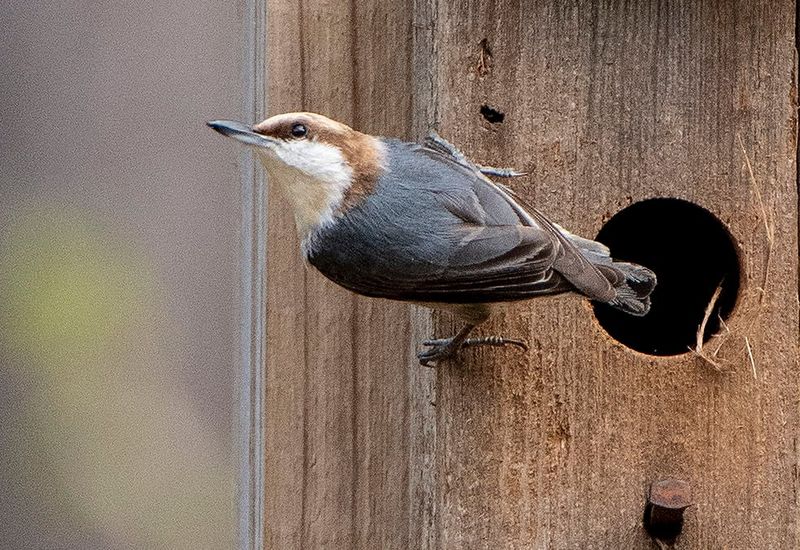
Feathered carpenters with a twist! These tiny birds use bark flakes as prying tools to lift other pieces of bark when hunting for hidden insects.
With incredible dexterity, they manipulate these small tools with their beaks. Some individuals have been observed reusing the same bark tool multiple times during a single foraging session, showing they recognize the value of a good implement.
10. Ant-Dipping Experts: Chimpanzees Of The Bird World
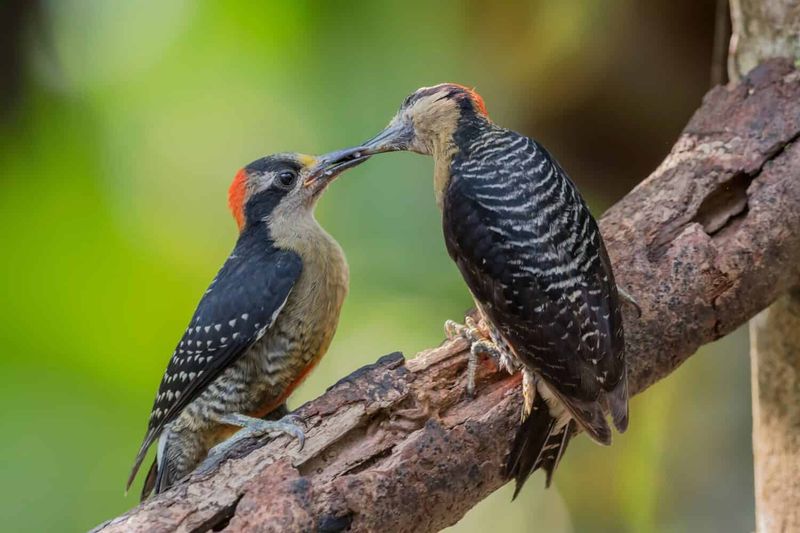
Not your average woodpeckers! Greater flameback woodpeckers use sticks to probe ant nests, triggering defensive swarms they can then easily feast upon.
After inserting a stick into an ant colony, they wait for angry ants to climb up before pulling it out and licking off the insects. This technique prevents them from getting painful bites while still enjoying this protein-rich food source.
11. Leaf-Umbrella Innovators: Northern Mockingbirds
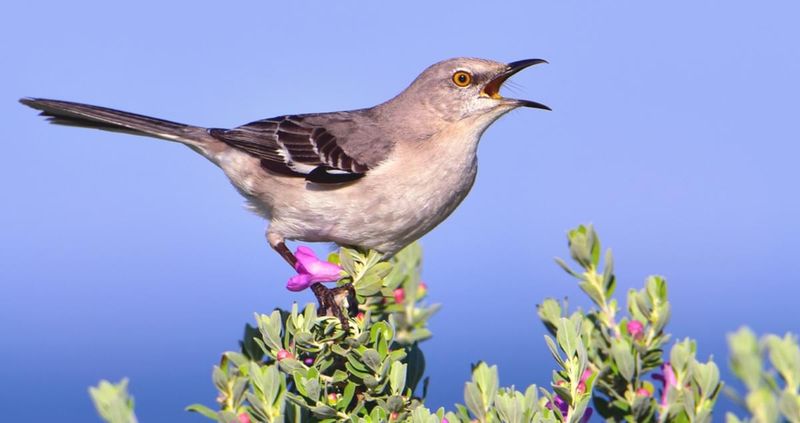
Sunbathing with style! These vocal mimics have been observed using large leaves as sun shields while hunting on hot summer days.
By holding leaves over their heads with their beaks, mockingbirds create mobile shade that allows them to forage longer in intense heat. This behavior demonstrates remarkable adaptability and shows how tools can be used not just for acquiring food but for environmental protection.
12. Shell-Cracking Specialists: Snail Kites
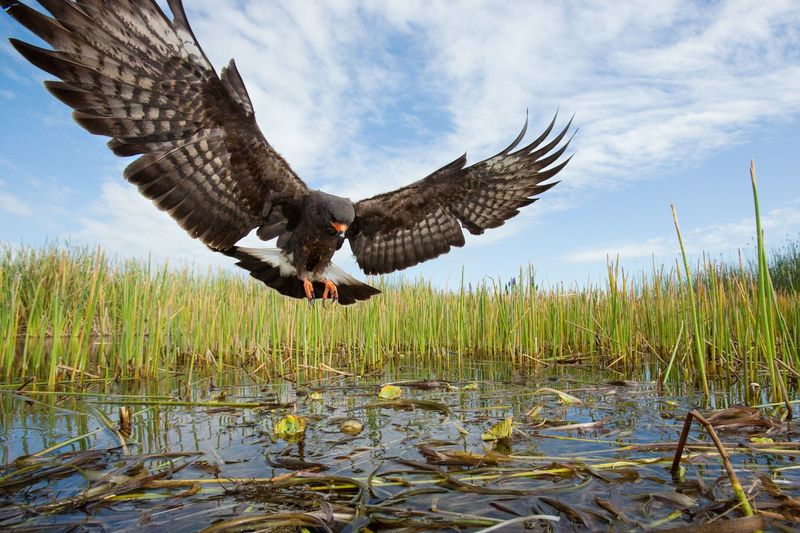
Specialized shellfish openers! These raptors drop apple snails onto hard surfaces to crack their shells before dining on the soft insides.
With remarkable accuracy, they drop prey from precise heights to achieve perfect shell breakage without damaging the meat. Young kites must practice this skill extensively, often making dozens of attempts before mastering the exact height and angle needed.
13. Mud-Daubing Architects: Black Kites
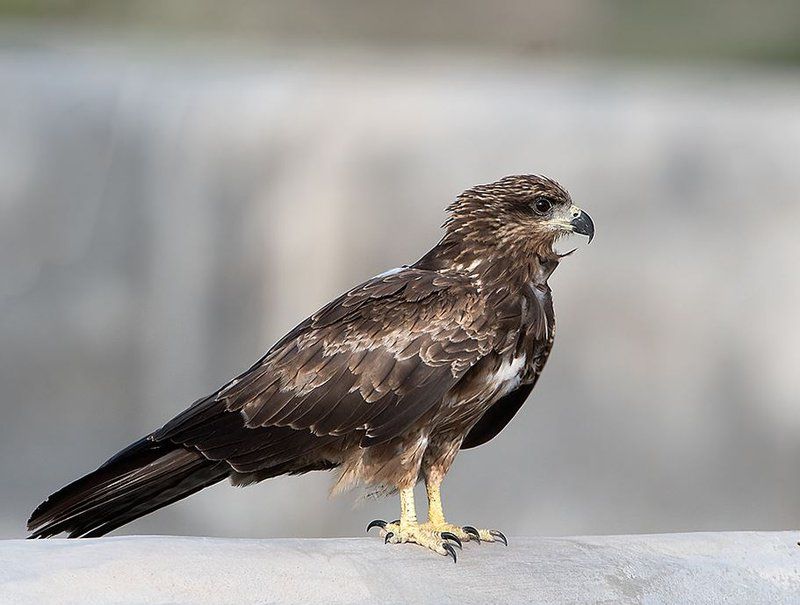
Firestarters with wings! In Australia, these opportunistic raptors have been documented picking up smoldering sticks from bushfires and dropping them in unburnt areas.
This deliberate fire-spreading flushes out prey animals like lizards and rodents. While controversial among scientists, multiple Aboriginal knowledge sources and recent research confirm this remarkable behavior, making them possibly the only non-human animals to manipulate fire.
14. Projectile Specialists: Archer Fish
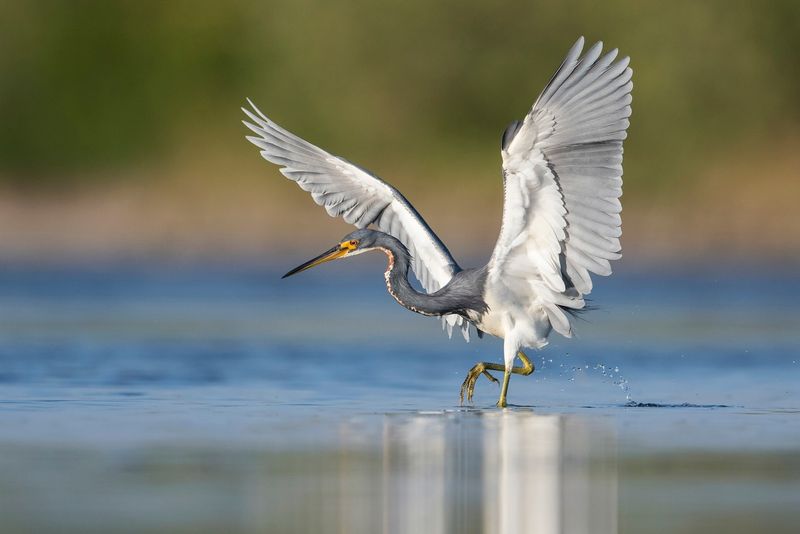
Wait – fish aren’t birds! But banded herons have learned to mimic archer fish by dropping bait to create ripples that attract prey.
After observing archer fish shoot down insects with water jets, these clever herons developed their own version. They drop feathers or insects to create ripples, then stand perfectly still until curious fish approach the disturbance, allowing for a precise strike.
15. Stick-Probing Masters: Great Egrets
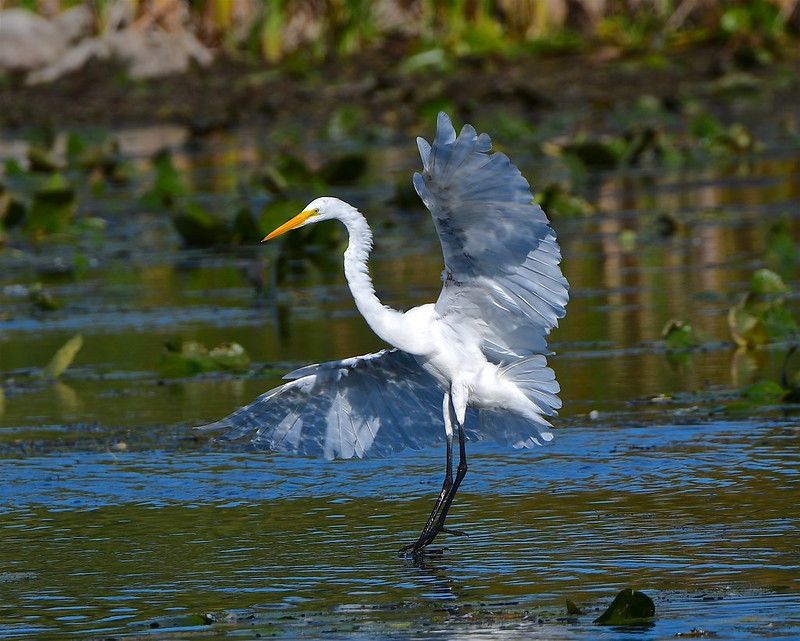
Fishing with finesse! These elegant waders have been observed using sticks to disturb water surfaces, confusing fish and making them easier to catch.
By gently tapping or stirring the water with a twig, egrets create the illusion of falling insects or debris. When fish come to investigate, these patient hunters strike with lightning speed, demonstrating how even simple tools can significantly improve hunting success.

